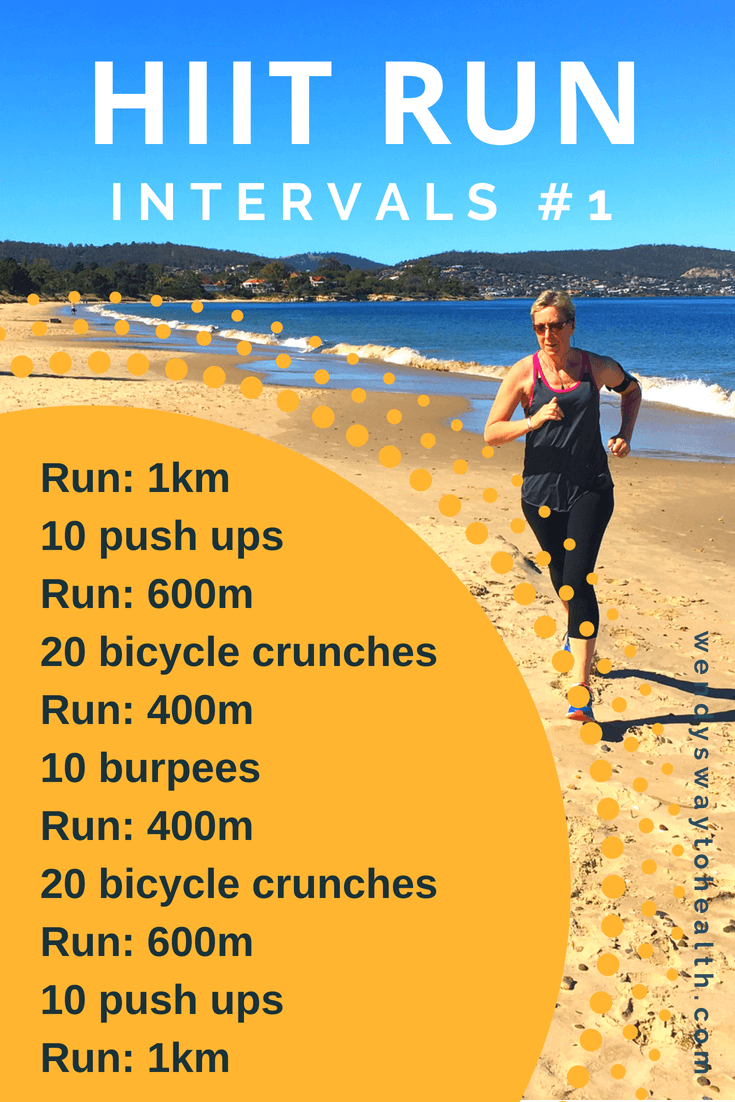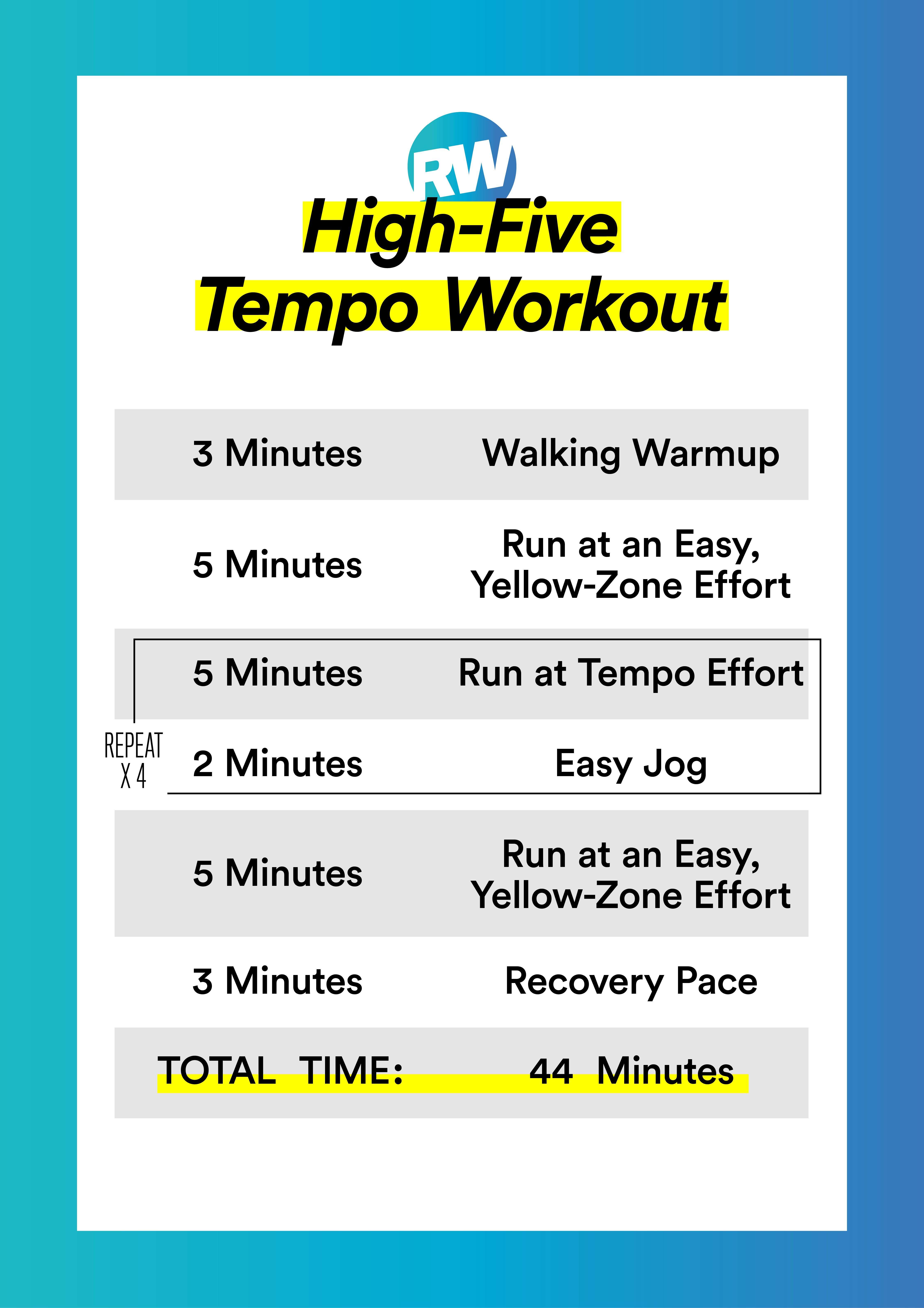Running Workout Tips: Boost Your Efficiency Today
Running Workout Tips: Boost Your Efficiency Today
Blog Article
Dealing With Typical Running Discomforts: Reasons, Solutions, and Avoidance
As runners, we often run into different pains that can prevent our performance and satisfaction of this exercise. From the debilitating pain of shin splints to the irritating IT band syndrome, these usual running discomforts can be aggravating and demotivating. Understanding the causes behind these ailments is vital in efficiently addressing them. By exploring the origin reasons for these running pains, we can discover targeted solutions and safety nets to ensure a smoother and much more fulfilling running experience (navigate to this website).
Common Running Discomfort: Shin Splints
Shin splints, a typical running discomfort, typically result from overuse or incorrect footwear throughout physical task. The recurring stress and anxiety on the shinbone and the tissues attaching the muscles to the bone leads to swelling and pain.
To avoid shin splints, people need to gradually boost the strength of their workouts, use proper shoes with proper arch support, and preserve adaptability and strength in the muscle mass bordering the shin. If shin splints do take place, initial treatment includes remainder, ice, compression, and altitude (RICE) In addition, integrating low-impact tasks like swimming or biking can aid maintain cardiovascular physical fitness while permitting the shins to recover. Relentless or severe cases may require medical examination and physical treatment for reliable monitoring.
Usual Running Discomfort: IT Band Disorder
Along with shin splints, one more prevalent running pain that athletes often encounter is IT Band Disorder, a problem triggered by inflammation of the iliotibial band that runs along the external upper leg and knee. IT Band Syndrome generally manifests as discomfort on the exterior of the knee, particularly during tasks like running or biking. The iliotibial band is a thick band of fascia that links the hip to the shin, and when it comes to be irritated or tight, it can massage versus the thigh bone, leading to pain and pain.
Runners experiencing IT Band Disorder may notice a painful or hurting experience on the outer knee, which can worsen with continued task. Factors such as overuse, muscle inequalities, improper running type, or poor warm-up can contribute to the development of this problem.
Typical Running Discomfort: Plantar Fasciitis

Plantar Fasciitis can be connected to numerous elements such as overtraining, inappropriate shoes, running on tough surface areas, or having high arches or level feet. To avoid and minimize Plantar Fasciitis, runners can include stretching exercises for the calves and plantar fascia, put on supportive footwear, keep a healthy weight to lower pressure on the feet, and progressively boost running strength to prevent unexpected tension on the plantar fascia. If symptoms persist, it is recommended to consult a medical care specialist for appropriate diagnosis and treatment alternatives to attend to the condition efficiently.
Common Running Discomfort: Runner's Knee
After dealing with the challenges of Plantar Fasciitis, an additional common issue that joggers usually deal with is Runner's Knee, an usual running pain that can hinder sports performance and create discomfort throughout exercise. Jogger's Knee, likewise referred to as patellofemoral discomfort syndrome, shows up as pain around or behind the kneecap. This problem is often connected to overuse, muscle mass inequalities, incorrect running techniques, or issues with the alignment of the kneecap. Runners experiencing this discomfort may really feel a dull, hurting pain while running, increasing or down staircases, or after extended durations of sitting. To stop Runner's Knee, it is vital to incorporate appropriate workout and cool-down routines, preserve solid and balanced leg muscle mass, put on appropriate shoes, and slowly increase running strength. If signs continue, consulting from a medical care professional or a sporting activities medication specialist is recommended to identify the underlying reason and create a tailored treatment strategy to relieve the pain and avoid more difficulties.
Usual Running Discomfort: Achilles Tendonitis
Commonly affecting joggers, Achilles Tendonitis is an excruciating problem that influences the Achilles ligament, triggering discomfort and prospective limitations in physical activity. The Achilles tendon is a thick band of cells that attaches the calf muscle mass to the heel bone, important for activities like running, leaping, and strolling - check out more here. Achilles Tendonitis typically establishes due to overuse, improper shoes, insufficient stretching, or sudden increases in exercise
Symptoms of Achilles Tendonitis consist of discomfort and stiffness along the ligament, particularly in the early morning or after durations of inactivity, swelling that worsens with task, and potentially bone stimulates in chronic situations. To prevent Achilles Tendonitis, it is necessary to stretch correctly previously and after running, put on suitable shoes with correct assistance, gradually boost the strength of exercise, and cross-train to minimize recurring stress on the tendon.
Final Thought

Report this page